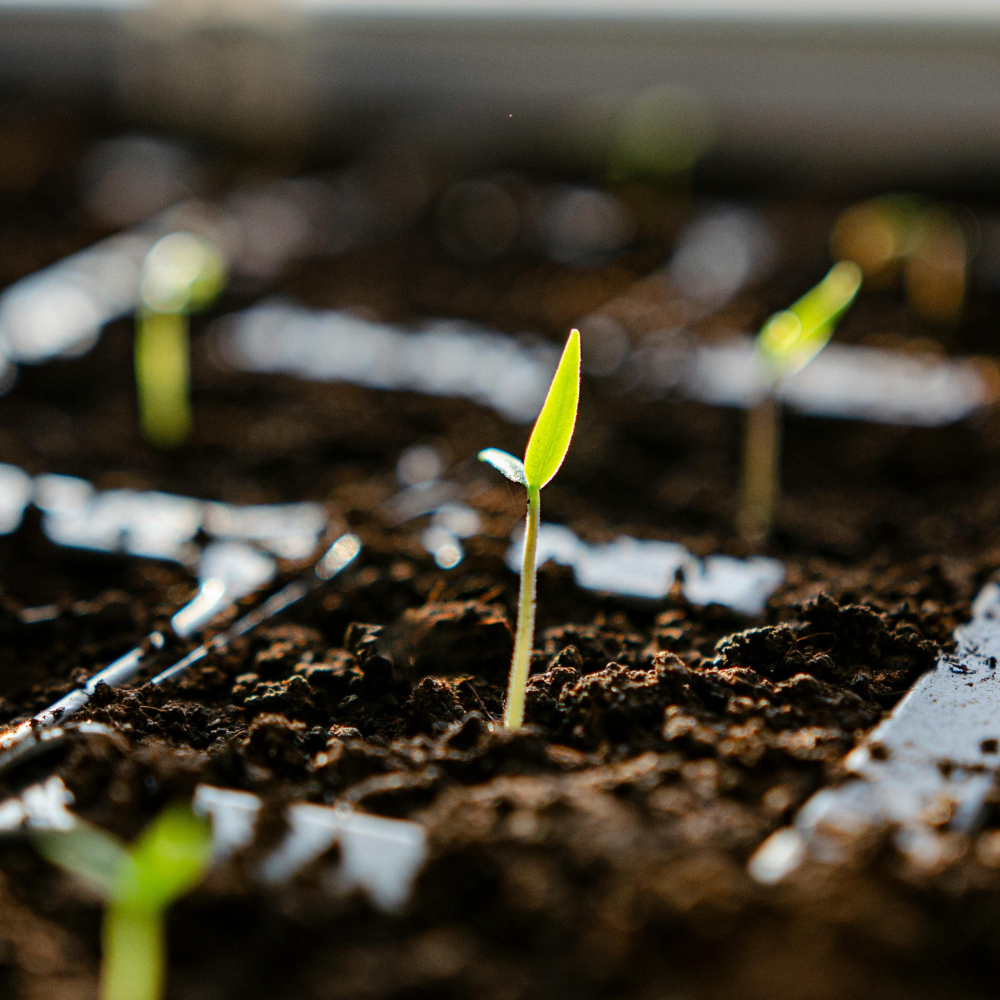The nitrogen cycle is at the heart of any aquaponics system. Without it, it's impossible to maintain healthy fish or grow your plants efficiently.
The nitrogen cycle in aquaponics
24 May 2025

The nitrogen cycle is at the heart of any aquaponics system. Without it, it's impossible to maintain healthy fish or grow your plants efficiently.
One of the pillars of aquaponics is the nitrogen cycle. This natural process transforms your fish's nitrogenous waste into nutrients that can be used by plants. In other words, it purifies your pond water by removing toxic compounds while fertilizing your crops.
A well-established nitrogen cycle is therefore essential for maintaining healthy fish and vigorous plants. Here, we'll explain simply what this nitrogen cycle is in aquaponics, why it's crucial, how it works (role of bacteria, chemical steps), and how to monitor it daily.

The nitrogen cycle refers to the chain of transformations that nitrogen-rich waste undergoes in the water. Specifically, fish release ammonia and ammonium (NH₃/NH₄⁺) into the water through their excrement and respiration. However, these two compounds are highly toxic to aquatic organisms. Without intervention, they would accumulate and endanger your fish within hours or days, depending on population density.
Fortunately, in a balanced aquaponics system, ammonia and ammonium are gradually converted into less harmful substances through the action of microorganisms. This nitrification cycle results in the formation of nitrates, which are well tolerated by fish and serve as fertilizer for plants.

During this cycle, nitrogen passes through three main chemical forms. Ammonia and ammonium, first, come from fish waste (urine, feces, respiration). Ammonium is less toxic, but both are dangerous at high concentrations. Specific bacteria then oxidize these compounds into nitrites, a second form that is equally toxic to fish.
Finally, other bacteria convert nitrites into nitrates. Nitrates are the end product of the cycle : they are not harmful to fish and become an essential source of nutrients for plants.

This nitrification process in the aquaponic system is carried out by nitrifying bacteria naturally present in the water. In aquaponics, there are mainly two genera of useful bacteria : Nitrosomonas and Nitrobacter .
Nitrosomonas oxidize ammonia and ammonium into nitrites, while Nitrobacter converts nitrites into nitrates. They colonize the substrate (culture bed media, bioballs, pozzolan, etc.) and continuously treat the water circulating there.
It is important to understand that nitrifying bacteria need favorable conditions to thrive : dissolved oxygen (since they work by oxidation), a suitable pH (around neutral) and time to establish themselves.

This nitrification (nitrogen) cycle, carried out by beneficial bacteria, is essential for converting fish waste into nutrients that can be used by plants. If you introduce fish too quickly into a new system, ammonia and ammonium can build up to toxic levels due to a lack of sufficient bacteria, leading to fish stress or mortality.
Wait a few weeks for the bacteria colonies to develop. Monitor nitrogen parameters with tests during this break in phase. Only introduce fish once nitrites decrease and nitrates begin to appear, a sign that the cycle is operational.

Even after the initial cycling, an imbalance in the nitrogen cycle can occur and impact your aquaponic ecosystem. It's important to recognize the symptoms of an improperly established or malfunctioning cycle. For fish, watch for signs of stress : fish that breathe quickly at the surface, become listless, or lose their appetite; this can indicate a spike in nitrites or ammonia. For plants, yellowing foliage or stunted shoots are often a sign of a lack of nitrates (nitrogen deficiency).
Rule number one is to perform regular water tests . Get a complete aquarium water test kit, including ammonia, nitrite, and nitrate tests. This is the only way to accurately measure these invisible parameters.

Ideally, test weekly and record the results. You should always achieve a maximum of 1 mg/L of NH₃/NH₄⁺, 2 mg/L of NO₂⁻, and a certain level of NO₃⁻ corresponding to your plants' consumption. If ammonia or nitrites rise, don't wait: reduce fish feeding (overfeeding is a common cause of ammonia spikes), temporarily add extra aeration, and do a partial water change if necessary to dilute toxins. Also, remember to maintain the biofilter without sterilizing it; never rinse the filter media with chlorinated tap water, for example, as this will kill your precious bacteria.
Finally, when launching a new system or introducing new fish, take precautions to avoid overloading the nascent cycle. Similarly, you can "pre-cycle" a system by adding a source of ammonia (such as a pond bacteria activator) before adding the fish, which allows good bacteria to establish themselves without risking the animals' lives.
In aquaponics, understanding and mastering the nitrogen cycle is the key to success . This biological cycle ensures the balance between your fish and your plants by continually transforming the waste of one into resources for the other. For a beginner aquaponicist, this may seem technical, but remember that nature works for you. You just need to give it the means and time. By establishing a good cycle from the start, regularly monitoring your parameters (ammonia, nitrites, nitrates) and reacting quickly to the slightest abnormal sign, you guarantee the sustainability of your ecosystem. Your fish will live in healthy, stress-free water and your plants will grow visibly thanks to the nutrients provided.
A well-maintained nitrogen cycle is the assurance of a productive, sustainable and harmonious aquaponic system, enough to launch you serenely into the adventure of aquaponics!
Greenhouses & Aquaponics Kits
Our greenhouses and kits dedicated to aquaponics. Get started with ease !
Plant Universe
Substrates, Seeds, Plants, Supplements, ...
Fish Universe
Ponds, food, nets, decorations, ...
Equipment Universe
Growing supports, pumps, heaters, lighting, ...
BOOKS Universe
Books on Aquaponics